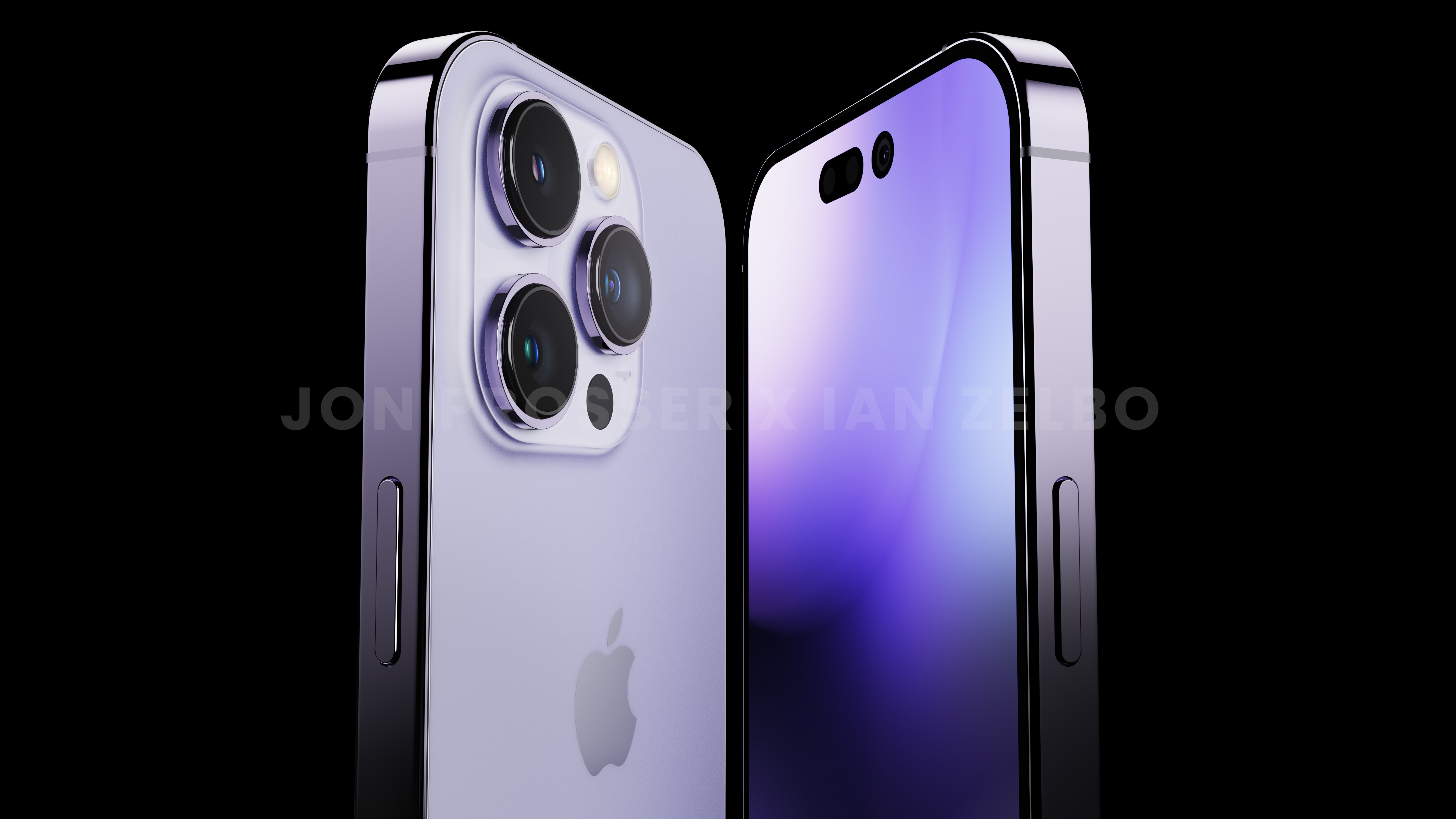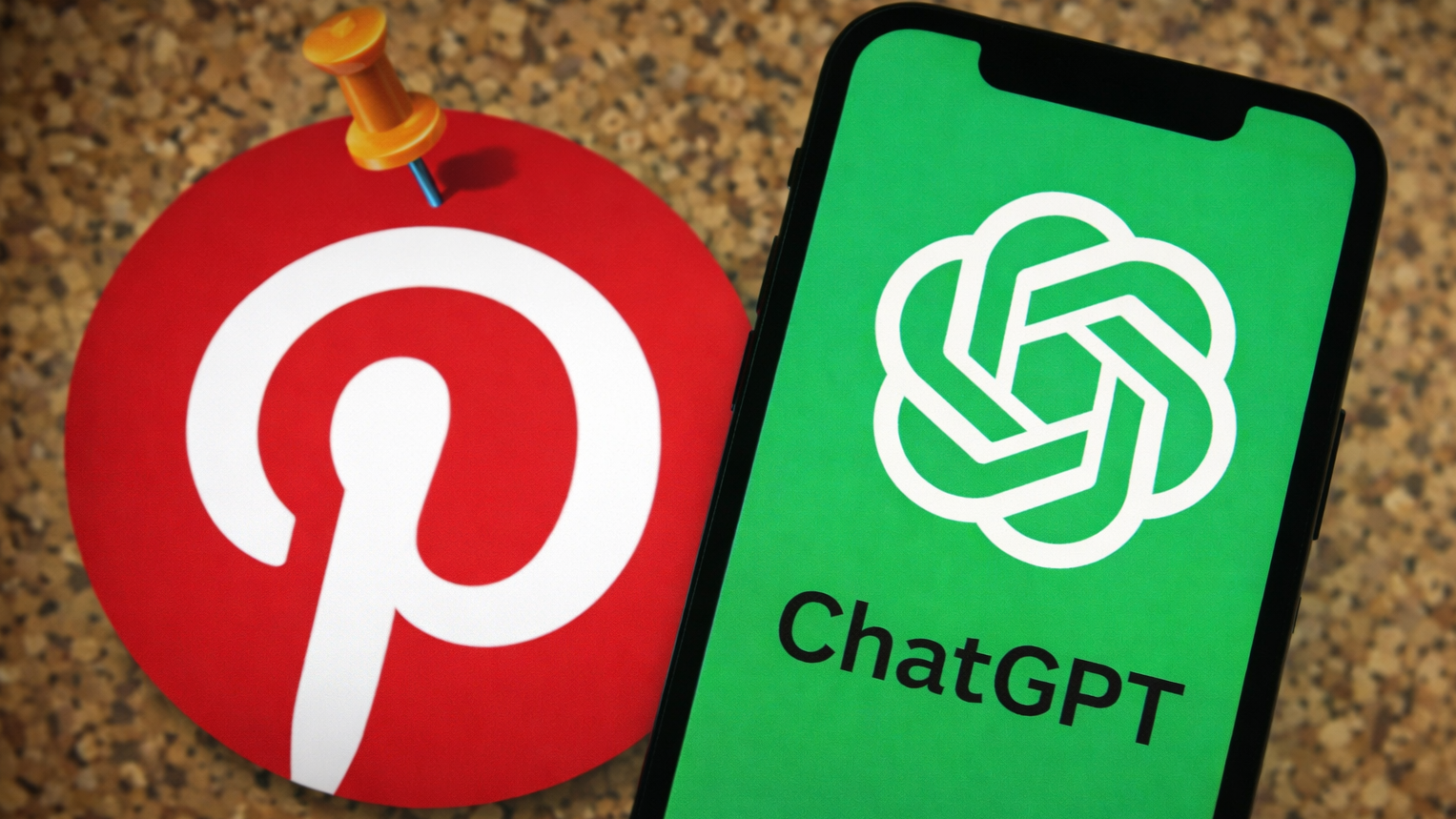iPhone 14 always on-display rumors — here's why I'm worried
Apple could finally introduce a feature Samsung pioneered six years ago. And it sounds like overkill.

Since rumors about it started last year before the iPhone 13 launch, I've frequently remarked on the iPhone's lack of an always-on display. But now the same rumors have swirled up again, leading some to believe that Apple might finally pull the trigger on this long-standing Android feature when the iPhone 14 lands in our hands.
If you don't know what I'm talking about, here's the gist. An always-on display (AOD) is a low-power mode where the most of the phone's screen is turned off except for a few pixels that show things like the time, date and notifications. Since OLED panels, like those found on the iPhone 12 and iPhone 13 (and presumably the iPhone 14), can turn individual pixels on and off, AOD barely impacts the battery at all.
Apple can take a very long time to adopt things. In fact, Samsung debuted its first always-on display way back in 2016 with the Samsung Galaxy S7. Which is why I recommend people who like to live on the edge go for one of the best Android phones. Usually, this means that when a feature does hit the iPhone, it's quite polished. This isn't always true, but that's not the point.
Rumor has it that iOS 16 will finally shake up the lock screen, possibly adding "wallpapers that have widget-like capabilities," according to Bloomberg's Mark Gurman. We've heard that Apple will limit AOD to the iPhone 14 Pro and iPhone 14 Pro Max, with Gurman saying it's because Apple's AOD will work by lowering the display's frame rate, a feature limited to the Pro models.
However iOS 16's lock screen turns out remains to be seen, but if Apple plans to overhaul it, such as by adding widgets or widget-like things, I worry about how the company will address the always-on display.
Apple sometimes has a tendency towards hubris, and I worry that could rear its head here.
The reason why AOD works so well on Android is because the information presented is relevant and easy to see at a glance. I can look over at my Pixel 6 Pro and, within less than a second, see the time, date, weather, battery percentage, my next calendar event, and any pending notifications. This is only possible because Android gives you the basics, so that you can take a quick look, see what's up, and get back to your previous activity.
Apple could easily try to reinvent the wheel and overcomplicate the iPhone 14's AOD. In fact, this is my chief concern, despite my desperation for the feature. (I've talked at length about this already, so I'll spare you.) Apple sometimes has a tendency towards hubris, and I worry that could rear its head here.
Get instant access to breaking news, the hottest reviews, great deals and helpful tips.
There are times when you should admit that your competitor has the right idea and, for the sake of your users, you should just adopt the thing in question. I hope that my unease is ill-founded, because an always-on display is one of my favorite Android features. I sorely miss it when I use my iPhone 13 Pro Max.
We'll hear more about iOS 16 next week at Apple's WWDC 2022 conference. Maybe the company will show us what we can expect for the iOS lock screen, or maybe we'll have to wait for the iPhone 14 to launch to see if the AOD rumors come to fruition. Regardless, I'll be watching this one closely.

Jordan is the Phones Editor for Tom's Guide, covering all things phone-related. He's written about phones for over six years and plans to continue for a long while to come. He loves nothing more than relaxing in his home with a book, game, or his latest personal writing project. Jordan likes finding new things to dive into, from books and games to new mechanical keyboard switches and fun keycap sets. Outside of work, you can find him poring over open-source software and his studies.
